Terrestrial Surveys fall into three main categories:
i) habitat assessments; ii) nesting assessments; iii) nest success
i) habitat assessments; ii) nesting assessments; iii) nest success
Habitat assessment: this shows how suitable a site is for egg-laying.
TYPE A is suitable; Type B has good sand or gravel, but with aspects
which make it hard for the female to make a nest; Type C is not suitable. Photo shows a rocky shore with poor ocean access.
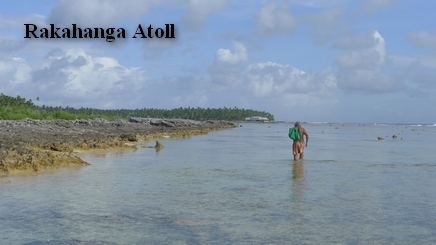
TYPE A is suitable; Type B has good sand or gravel, but with aspects
which make it hard for the female to make a nest; Type C is not suitable. Photo shows a rocky shore with poor ocean access.
Nesting assessment: we search for nests or signs of digging; sometimes
a nest is abandoned (maybe rocks in the sand) we'd call this an 'attempt', When tracks are found coming from the sea that makes our work easier.
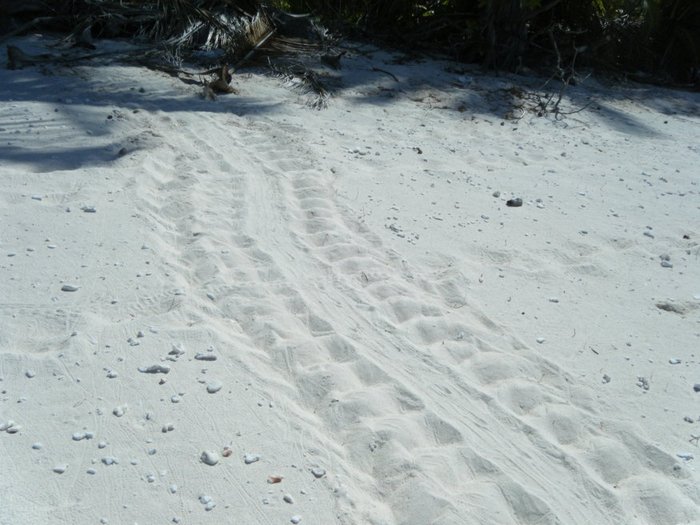
a nest is abandoned (maybe rocks in the sand) we'd call this an 'attempt', When tracks are found coming from the sea that makes our work easier.
Nest success: after hatching we excavate the nests and count how many eggs actually hatched (% success); we can also open unhatched eggs to discover why they didn't develop; the most common reason being that
eggs were not fertilised, so no embryo develops.
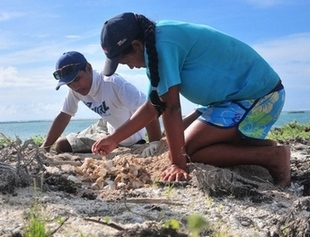
eggs were not fertilised, so no embryo develops.
Marine Surveys can have different aims: i) ocean health & obvious impacts; ii) animal abundance; iii) animal behaviour; iv) habitat use.
Assessments can be scuba-diving, snorkelling, boat-based, or even from shore ~ each has pros & cons. Scuba is great for following turtles ~ but you have a limit to your time underwater and also depth ~ watching as the turtle disappears effortlessly into the depths below.
Snorkelling is good, but you can't dive so deep; each survey has its role. Filming is great for studying behaviour (Ethology) ~ often you'll find something in 1 or 2 frames when you review the footage that was too quick to see in real-time.
Simple studies are the best, but you can measure quadrats or even run transects underwater ~ your choice!
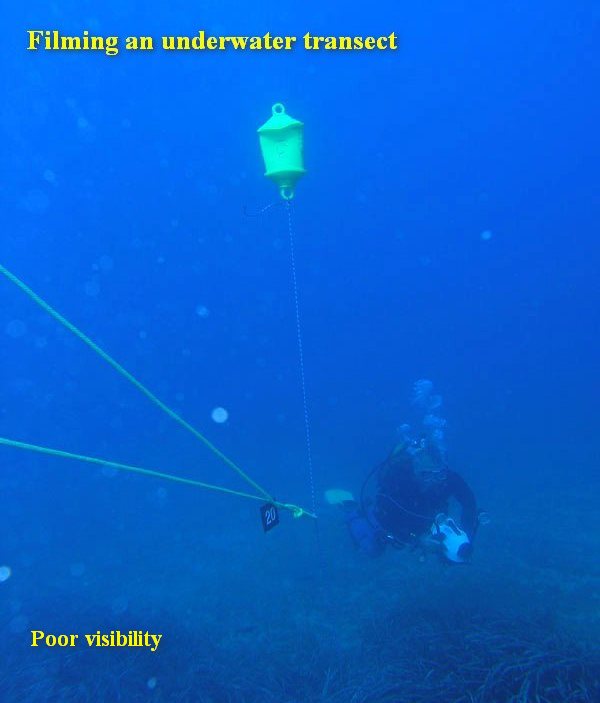
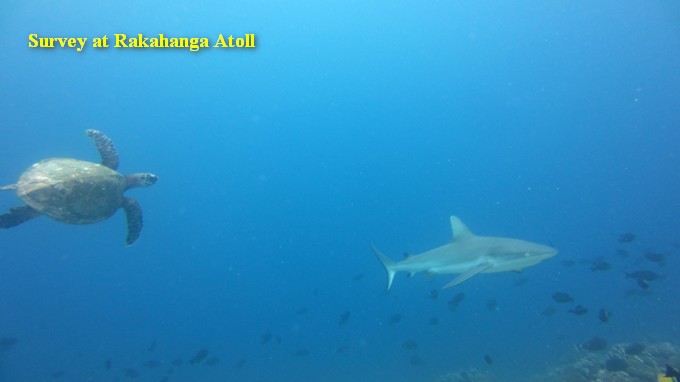
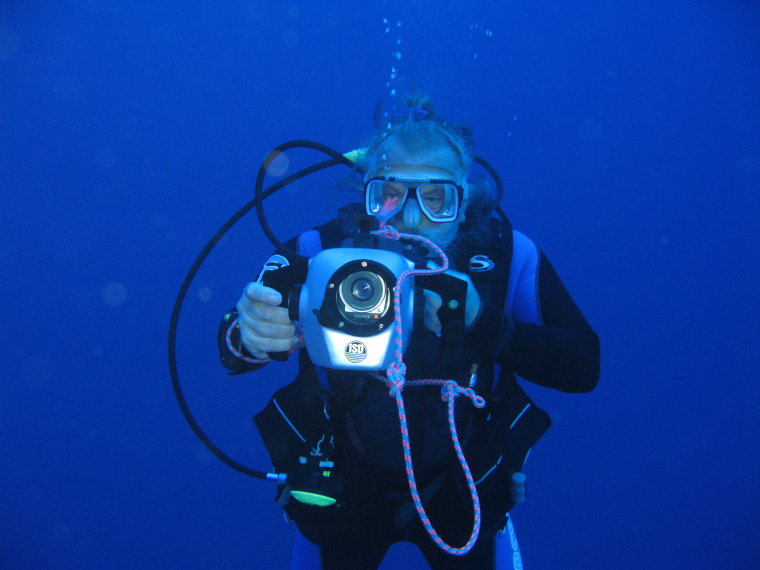
Assessments can be scuba-diving, snorkelling, boat-based, or even from shore ~ each has pros & cons. Scuba is great for following turtles ~ but you have a limit to your time underwater and also depth ~ watching as the turtle disappears effortlessly into the depths below.
Snorkelling is good, but you can't dive so deep; each survey has its role. Filming is great for studying behaviour (Ethology) ~ often you'll find something in 1 or 2 frames when you review the footage that was too quick to see in real-time.
Simple studies are the best, but you can measure quadrats or even run transects underwater ~ your choice!
